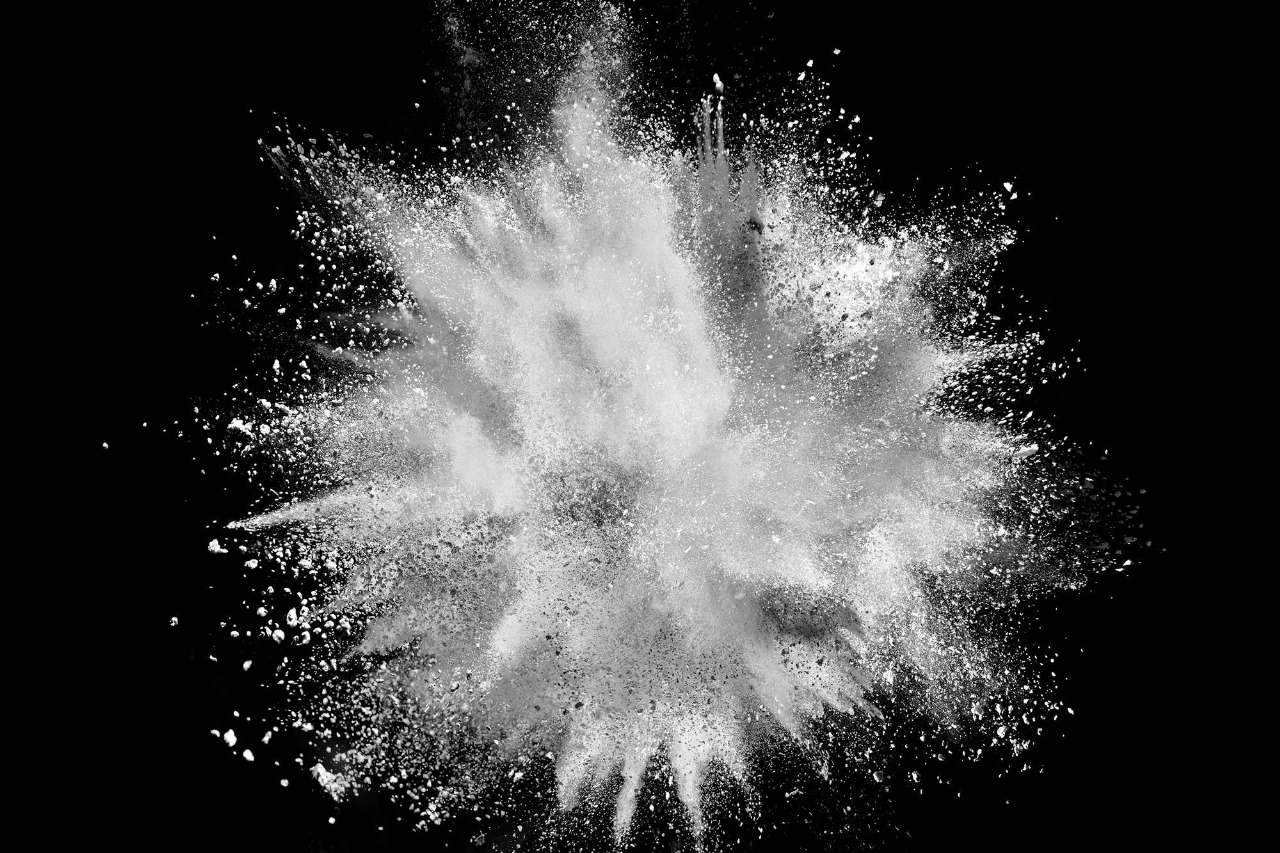Hydroxypropyl Methylcellulose is a versatile, cellulose-based polymer widely used across numerous industries. At KIMA CHEMICAL CO.,LTD, we specialize in providing high-quality Hydroxypropyl Methylcellulose to meet diverse industrial needs. This article explores what Hydroxypropyl Methylcellulose is, its benefits, different grades available, and key applications, providing you with a comprehensive understanding of this essential compound.
What Is Hydroxypropyl Methylcellulose?
Hydroxypropyl Methylcellulose (HPMC) is a non-ionic, water-soluble cellulose ether derived from natural cellulose. It is produced by chemically modifying cellulose with methyl and hydroxypropyl groups. This modification results in a compound with unique properties such as film-forming ability, water retention, thickening, emulsifying, and stabilizing features.
Hydroxypropyl Methylcellulose is odorless, tasteless, and non-toxic, making it suitable for use in food, pharmaceuticals, construction, and other industrial sectors. Its high compatibility with various ingredients and ease of use further contribute to its widespread application.
Benefits of Hydroxypropyl Methylcellulose
Excellent Thickening and Binding Agent
One of the primary benefits of Hydroxypropyl Methylcellulose is its excellent thickening property. It forms a viscous solution when dissolved in water, which makes it ideal for use as a thickener in paints, adhesives, and food products. Additionally, it acts as a binding agent in tablets and capsules in the pharmaceutical industry.
Water Retention and Film Formation
Hydroxypropyl Methylcellulose has remarkable water retention capabilities. This makes it valuable in construction applications such as plaster, mortar, and cement to prevent water loss and enhance workability. Its ability to form films also finds use in coatings and packaging.
Thermal Gelation
Hydroxypropyl Methylcellulose exhibits thermal gelation, meaning it gels upon heating and liquefies upon cooling. This reversible property is advantageous in controlled-release drug formulations and certain food textures.
Non-toxic and Biocompatible
Because Hydroxypropyl Methylcellulose is non-toxic and biocompatible, it is safe for human consumption and contact. This is why it is extensively used in food products as a stabilizer and thickener and in pharmaceuticals as an excipient.
Grades of Hydroxypropyl Methylcellulose
Hydroxypropyl Methylcellulose is available in different grades tailored to specific industrial requirements. The grades differ mainly in viscosity and substitution levels of methyl and hydroxypropyl groups.
Low Viscosity Grades
These grades have a low molecular weight and provide light thickening effects. They are commonly used in food products, cosmetics, and some pharmaceutical formulations where a less viscous solution is required.
Medium Viscosity Grades
Medium viscosity Hydroxypropyl Methylcellulose grades are versatile and widely used in construction materials, adhesives, and controlled-release pharmaceuticals. They balance thickening and film-forming properties effectively.
High Viscosity Grades
High viscosity grades of Hydroxypropyl Methylcellulose provide strong thickening and excellent water retention. They are preferred in heavy-duty construction applications, high-viscosity food products, and specialty coatings.
Applications of Hydroxypropyl Methylcellulose
Pharmaceutical Industry
Hydroxypropyl Methylcellulose is a critical excipient in the pharmaceutical sector. It is used as a binder, film former, and controlled-release agent in tablets and capsules. Its biocompatibility ensures safe ingestion and efficient drug delivery.
Food Industry
In the food industry, Hydroxypropyl Methylcellulose acts as a thickener, stabilizer, and emulsifier. It enhances texture and consistency in products such as sauces, bakery items, dairy products, and dressings.
Construction Industry
Hydroxypropyl Methylcellulose improves the performance of construction materials like cement, plaster, and mortar. Its water retention property increases workability and prevents premature drying, resulting in stronger, more durable structures.
Paints and Coatings
As a thickening and stabilizing agent, Hydroxypropyl Methylcellulose is used in paints, coatings, and adhesives to improve consistency and application properties. It also helps in forming smooth, uniform films.
Cosmetics and Personal Care
In cosmetics, Hydroxypropyl Methylcellulose serves as a thickener and stabilizer in creams, lotions, shampoos, and gels, contributing to improved texture and shelf life.
Why Choose KIMA CHEMICAL CO.,LTD for Hydroxypropyl Methylcellulose?
At KIMA CHEMICAL CO.,LTD, we are committed to delivering top-quality Hydroxypropyl Methylcellulose tailored to your industry needs. Our products meet stringent quality standards, ensuring optimal performance and safety. Whether you require low, medium, or high viscosity grades, we offer reliable solutions with consistent quality and technical support.
Conclusion
Hydroxypropyl Methylcellulose is a multifunctional, essential polymer with numerous benefits and applications across industries such as pharmaceuticals, food, construction, and cosmetics. Its unique properties like thickening, water retention, film formation, and biocompatibility make it a highly sought-after ingredient. Understanding the different grades and applications helps industries select the right Hydroxypropyl Methylcellulose to optimize their products and processes. For premium Hydroxypropyl Methylcellulose solutions, KIMA CHEMICAL CO.,LTD is your trusted partner.




